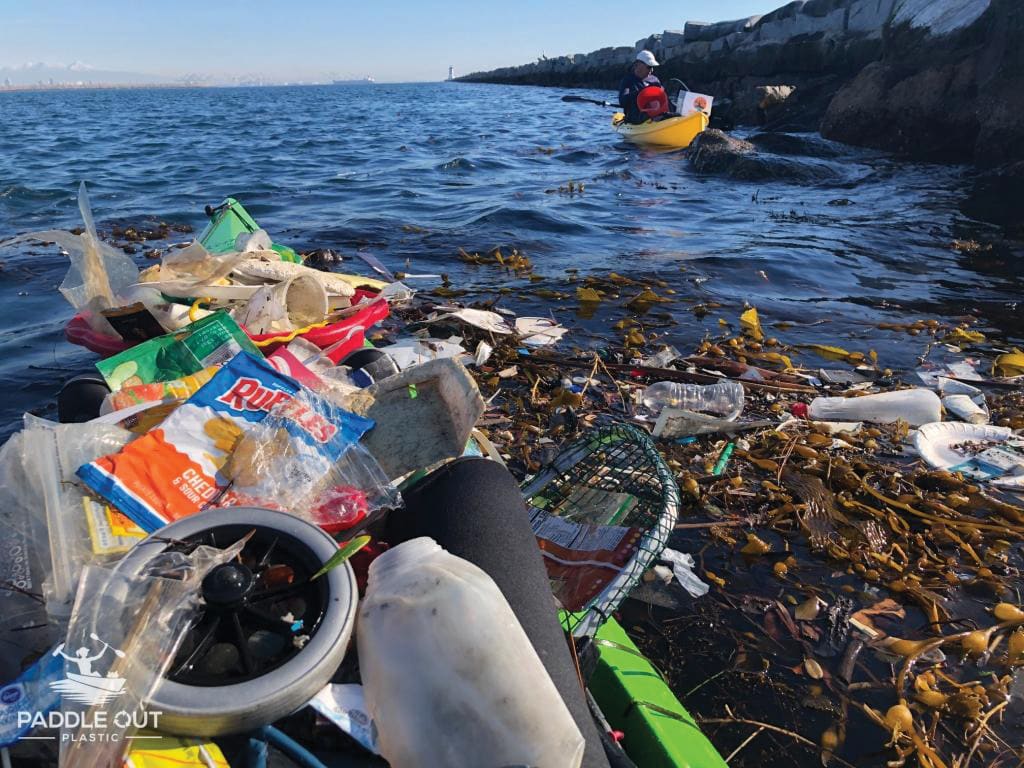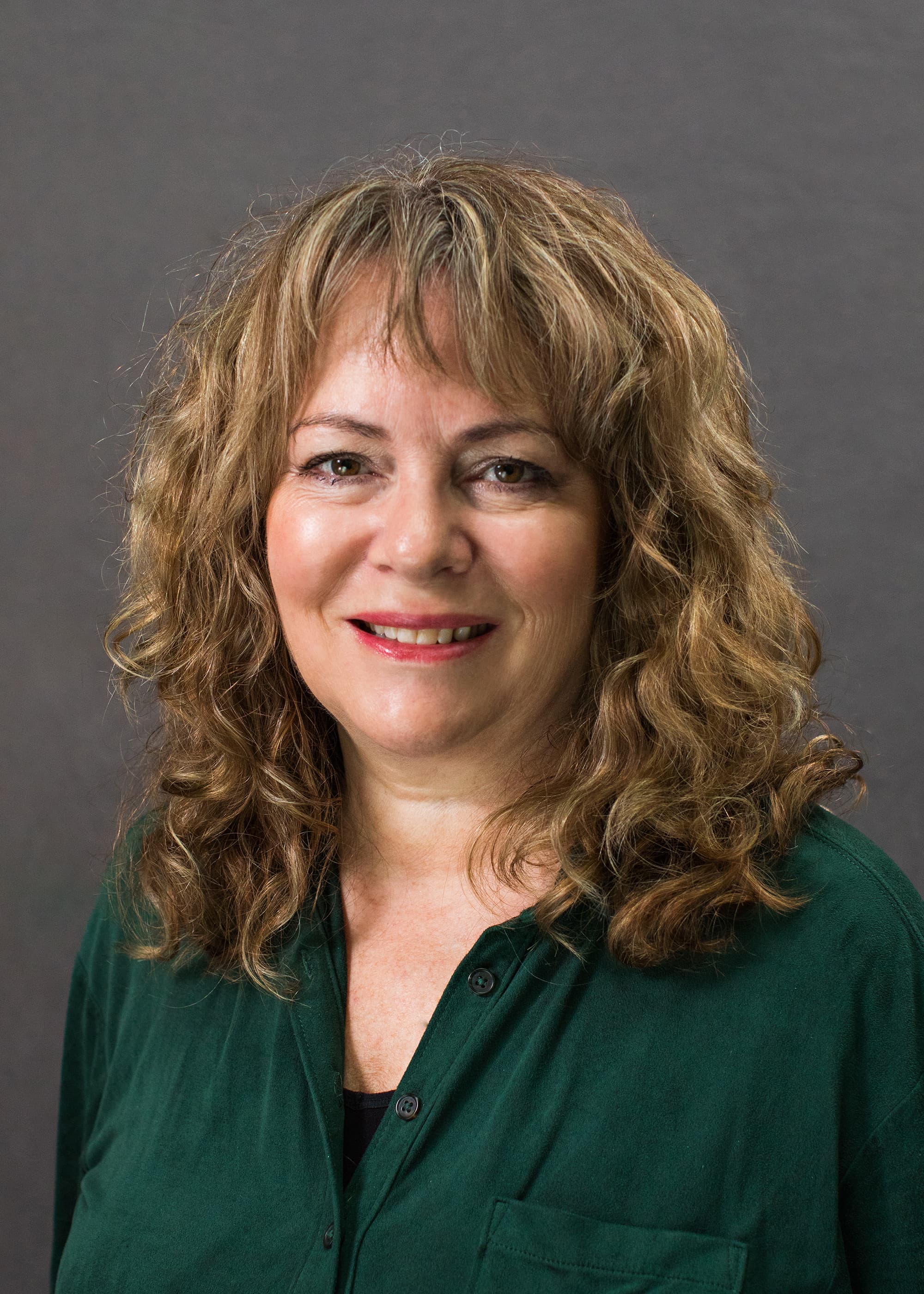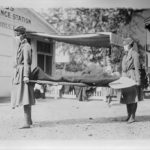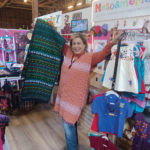On a brisk Sunday morning, I kayaked with a group called Paddle Out Plastic. Five of us launched our kayaks from the Cabrillo Beach boat ramp. We headed to the inside of the break wall by the fishing pier and then went to the Cabrillo Marina jetty. In less than two hours, we collected more than 500 pieces of trash from the ocean including 136 food (chip bags) and product wrappers, 89 pieces of Styrofoam, 42 lids, 33 straws, 25 bags, 84 other plastic pieces, 34 hard plastic pieces, 11 bottles, 9 cups, 6 ropes, 5 closed rings, 3 foam fabric pieces, 1 bubble wrap, 1 bicycle inner tube, 1 hanger, 2 bows, 1 glove, 2 lighters, 1 toy, 1 pen, 2 plastic straps, 1 floss pick, 1 spoon, 1 stir stick, 1 mirror, 2 balloons, 3 earplug wrappers, and 2 strips of caution tape.
For years, Eva Cicoria has enjoyed kayaking on the Los Angeles Waterfront. She noticed a large amount of trash, the majority of it plastic, so she began pulling it out piece by piece. Over the years, she collected enough trash to fill a dumpster. She launched Paddle Out Plastic on World Oceans Day in 2019. Since that date, her group has picked up over 20,714 pieces of plastic weighing close to 500 pounds from the Los Angeles Harbor waterways.
On the day I went out with Paddle Out Plastic, the waters were rough. I consider myself a fairly experienced kayaker, but I steered clear of the rocks where most of the trash had accumulated. I watched as Eva expertly positioned her kayak alongside the breakwater as she grabbed trash from the turbulent ocean. Picking up trash from a kayak is a skill and has to be done just right or the kayak can tip over.
On New Year’s Day, Paddle Out Plastic collected 2,158 pieces of trash from San Pedro waters, which totaled 64 pounds, not counting the 17 glass, aluminum and waxed paper items. Eva and her husband Ken Swenson count and inventory every piece. Their results, along with photos of trash and local sea life, are posted on the Paddle Out Plastic Facebook page and Instagram.
Fish, seabirds, and marine mammals can become entangled in or ingest plastic debris, causing death. Los Angeles Harbor has a plastic pollution problem. Paddle Out Plastic is bringing awareness to the problem while pulling out plastic from the local waterways. Eva is also committed to influencing local policy and has discovered the Port’s 2009 Water Resources Action Plan and litter control programs. These programs don’t appear to be active but are supposed to include the inspection of facilities, frequent litter collection, modern and effective litter removal, and an anti-litter removal campaign. Eva has spoken to the Los Angeles Board of Harbor Commissioners and hopes her findings will lead to the Port reinvigorating their plan.
I asked Eva how she reduces her utilization of plastic. She recounted using only reusable containers when she packed lunches for her daughters and husband. While her daughters are now grown, she said she thinks about all the plastic bags she never used for all those years. Plastic is everywhere, and Eva suggests leaning into a life with less plastic. She uses bamboo toothbrushes and for trash bags, she reuses the same bag multiple times and dumps the contents into the trash. She stores foldable to-go containers in her glove compartment that she takes to restaurants for leftovers. Most coffee places like Starbucks will refill cups brought by the customer.
There is nothing like watching seals and birds in their natural ocean habitat near floating chip bags and plastic bottle caps. As discouraging as it looks, there are ways to help, like using a reusable bottle for water. The reality is that the majority of plastic is not being recycled, even if placed in the blue recycling bins. Most of these items are ending up in the dump. If you want to be part of the solution, contact Eva through Paddle Out Plastics on social media. Hopefully, one day San Pedro will have kayak and SUP rentals on the waterfront; that way, even more people will be able to volunteer to help clean up our ocean. spt
Jennifer Marquez can be reached at jennifertmarquez@yahoo.com and @jenntmqz on Twitter and Instagram.







Comments